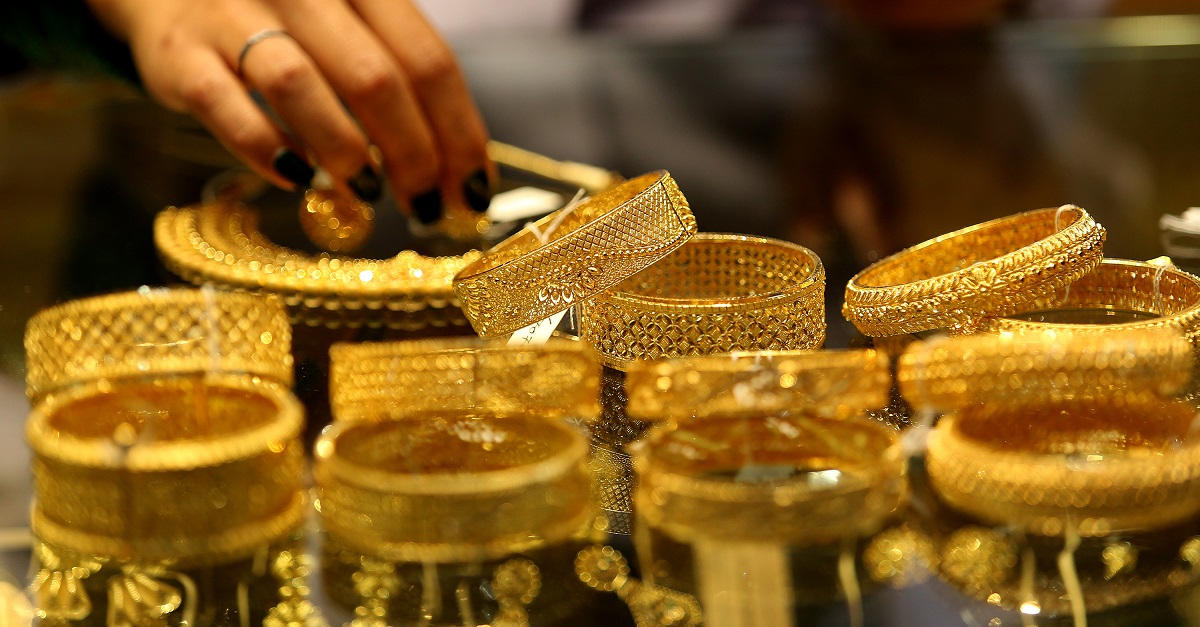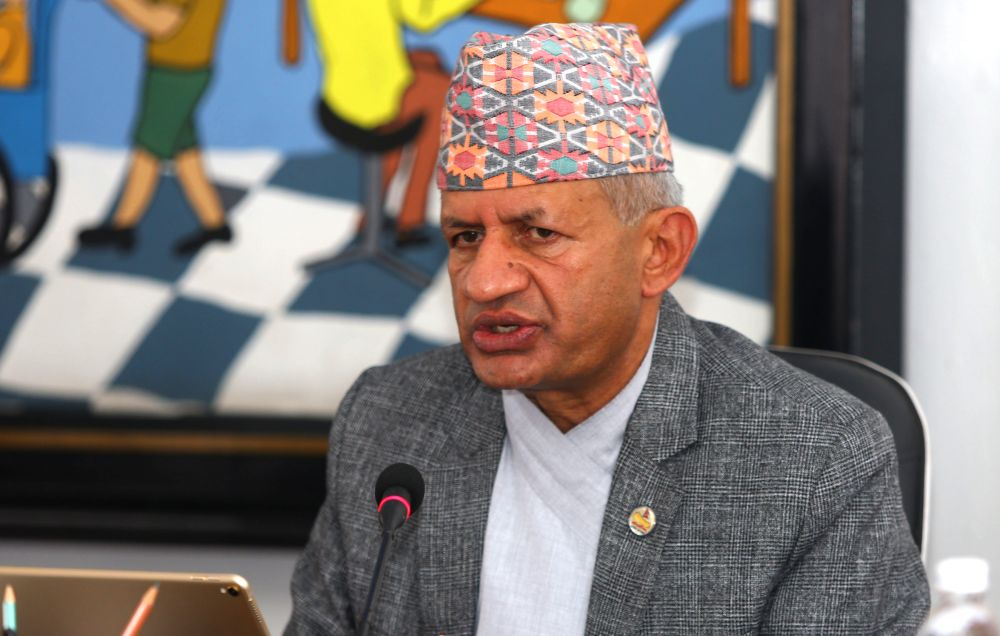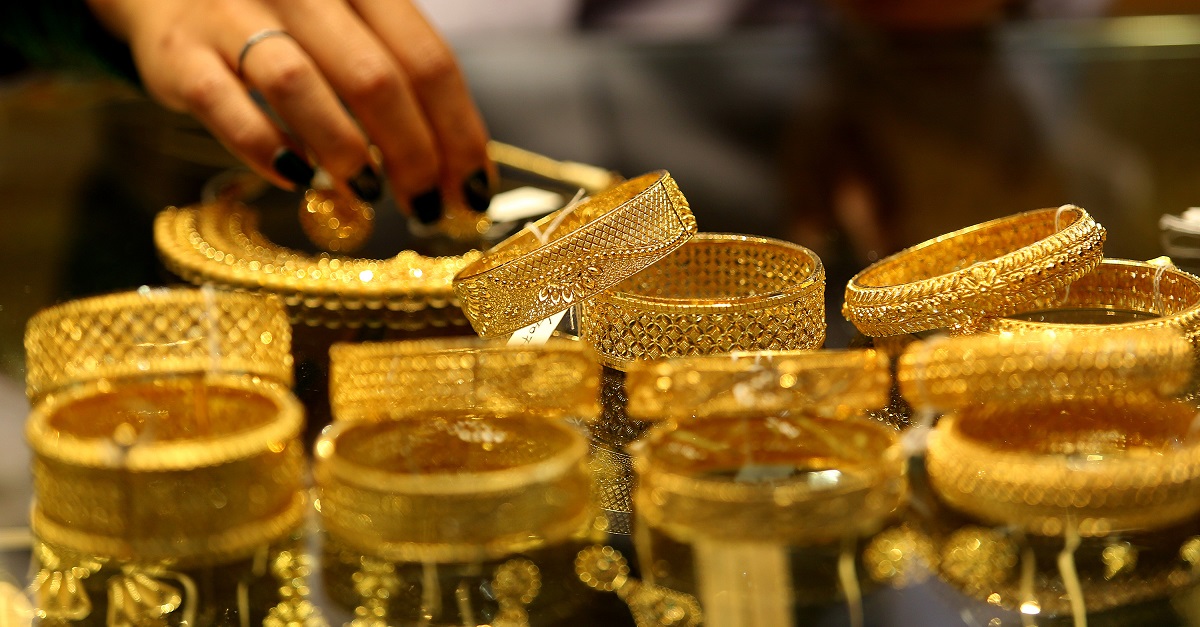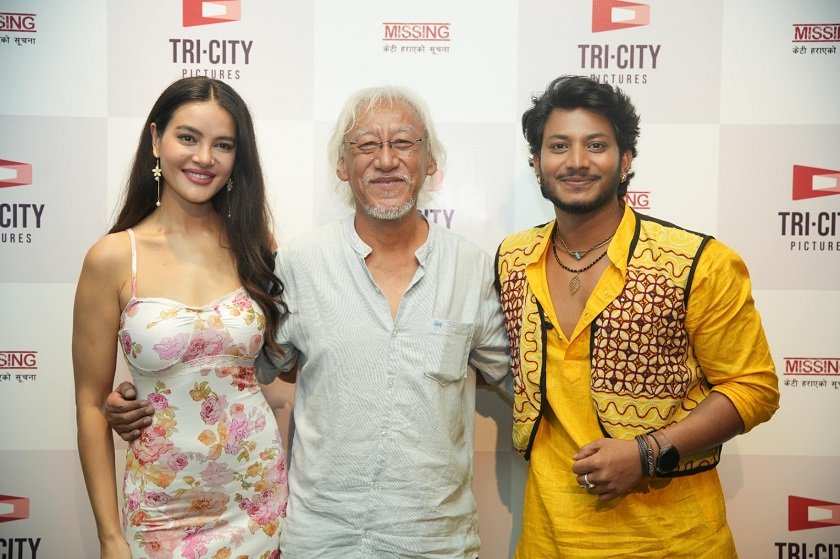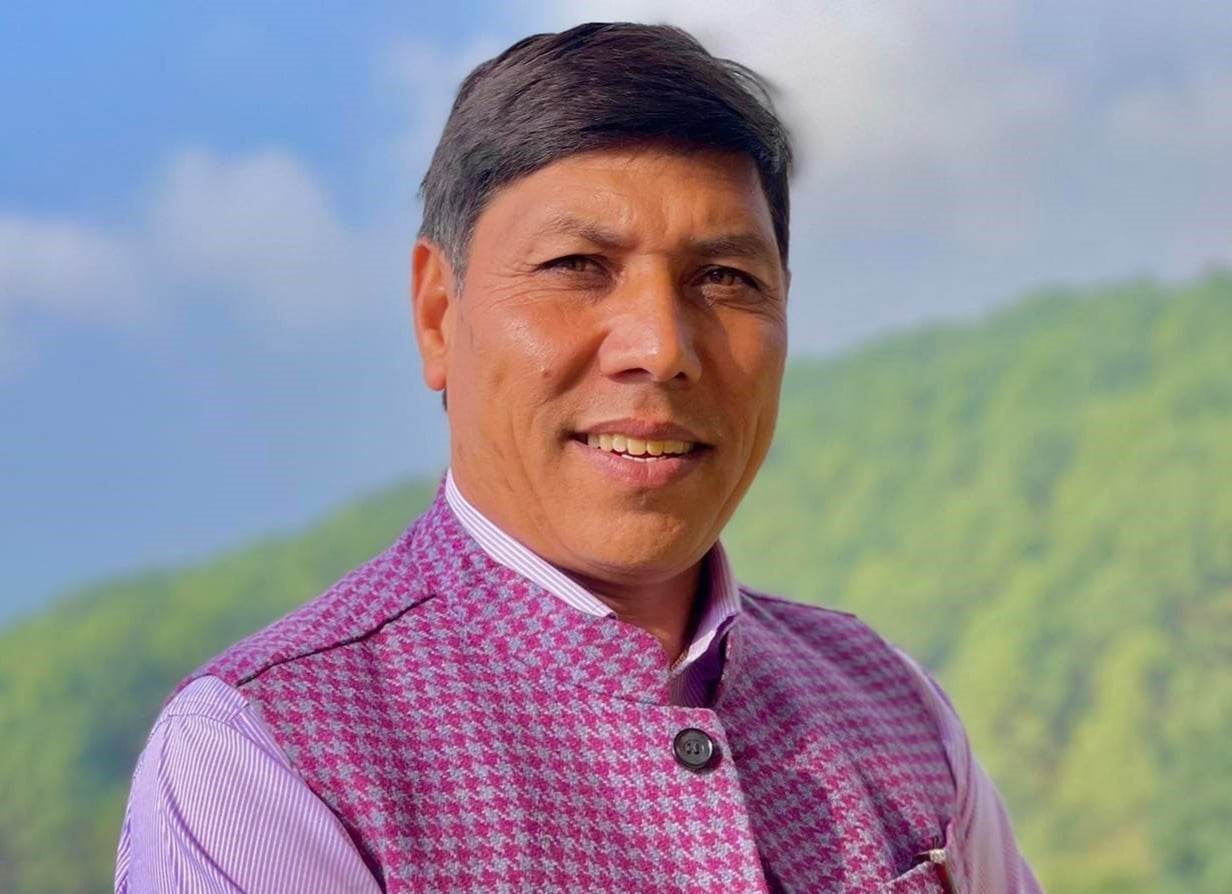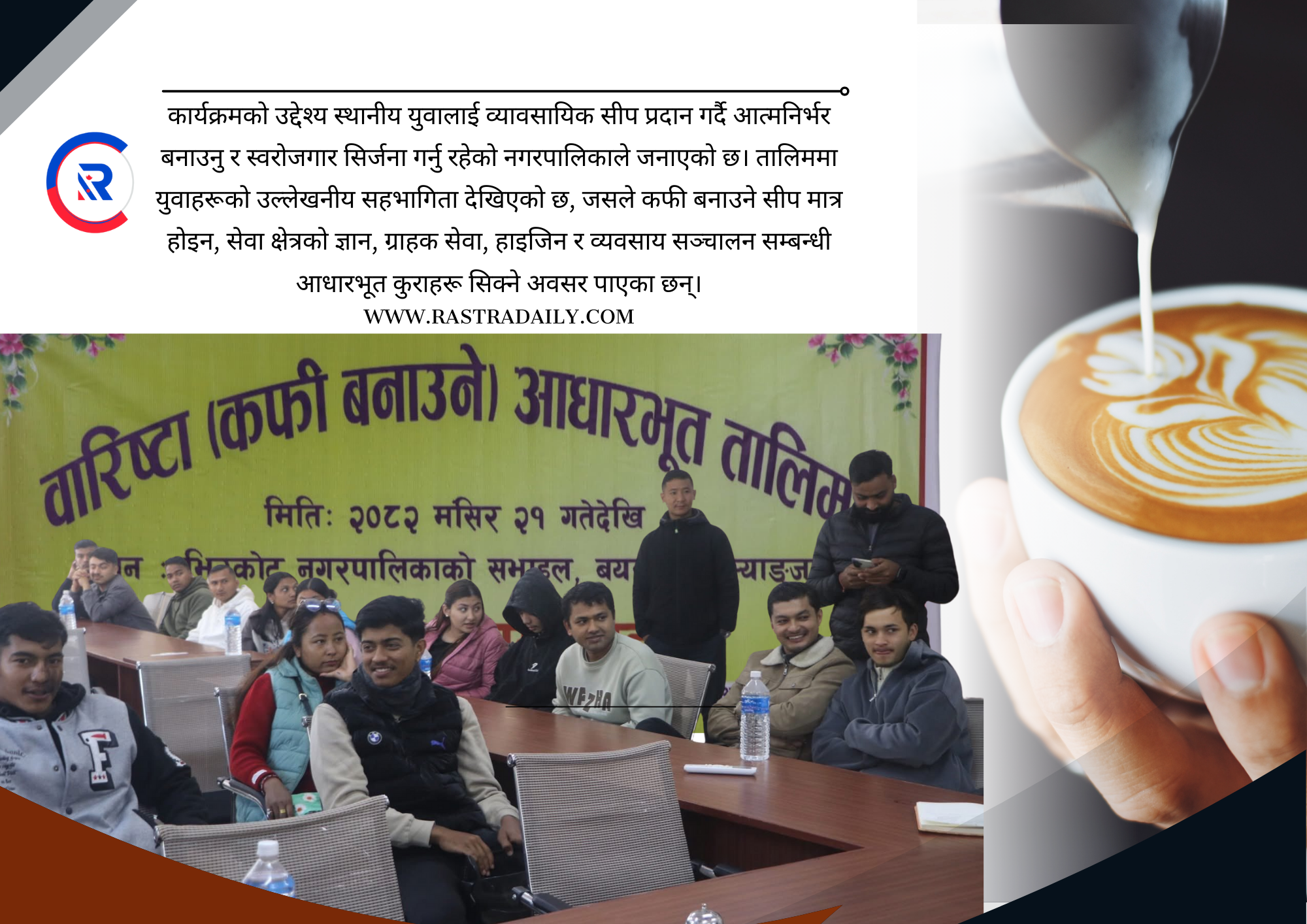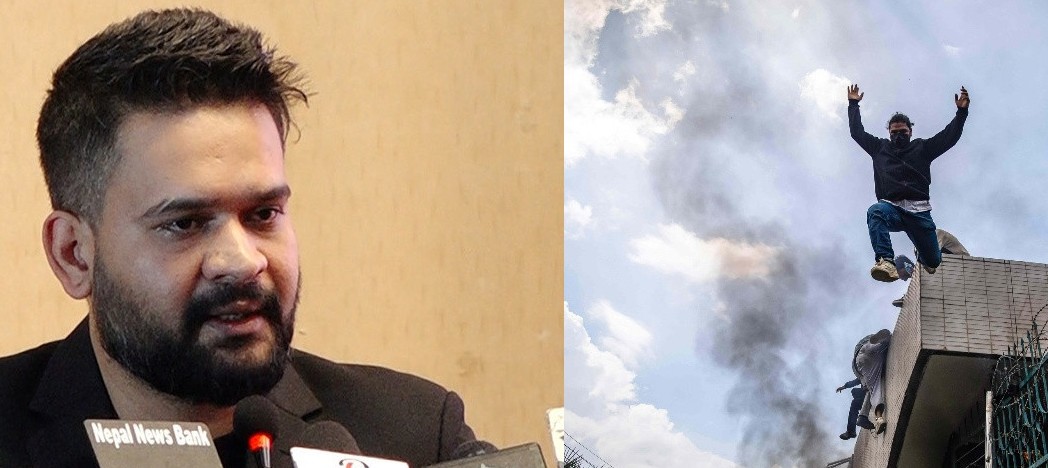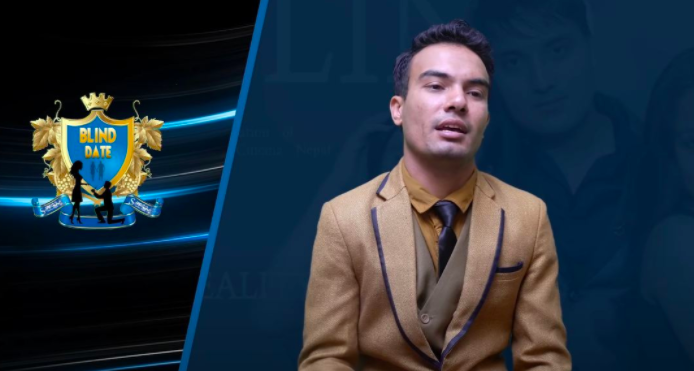
At 7 pm every Friday, Pratikshya Adhikari drops everything she is doing to watch the latest episode of Blind Date on YouTube.
“I find Blind Date really funny and I love watching the show. The show allows me to see people that I don’t know but live in the very society I am part of,” says Adhikari, 23, a student of psychology. She says she has been religiously following the show since its pilot episode was released on February 24 this year.
The phenomenon of watching reality shows is not new in Nepal. The success of Nepali reality shows such as ‘Ko Bancha Crorepati’, ‘Himalayan Roadies’, ‘Dancing with the Stars’, ‘Nepal Idol’, ‘The Voice’, ‘Comedy Champion’, etc, have paved the way for the genre of television in the Nepali landscape to grow. However, the majority of the reality shows in the country have been made with big investments, featured well-known celebrities and had major production houses backing them.
And then in February this year, in the midst of the pandemic, came Blind Date, a YouTube-based dating reality show. Created by a relatively unknown production house with no major celebrities, the show has become one of the most popular reality shows of recent times. So far, twenty-six episodes of the show have been released on its YouTube channel, and each episode easily gets more than 200,000 views within a day of release, making the show a huge success. And there are thousands like Adhikari who eagerly wait every week for the show’s makers to release new episodes.
Blind Date’s concept is very simple: five boys and five girls, all with different personalities, go on blind dates set up by the show’s producers. They meet, talk about each other’s interests, likes and dislikes. Sometimes they even fight and say problematic and inappropriate things to each other.
On February 14, when the makers of the show released the show’s teaser on YouTube, the video quickly went viral, and when the first episode was released a few days later, everyone was surprised with the content. It became the first Nepali reality show that was unabashedly ‘trashy’ and ‘corny’ and featured ordinary people. The show quickly managed to get the attention of people, many of whom were just excited to see such reality shows in Nepal as well.




